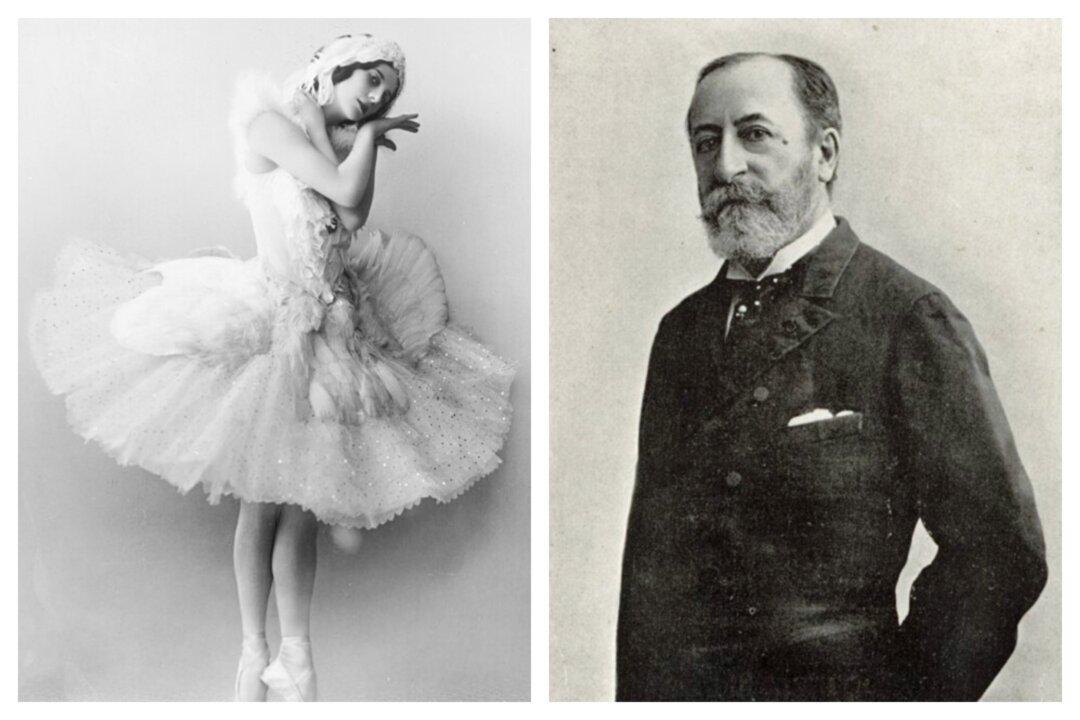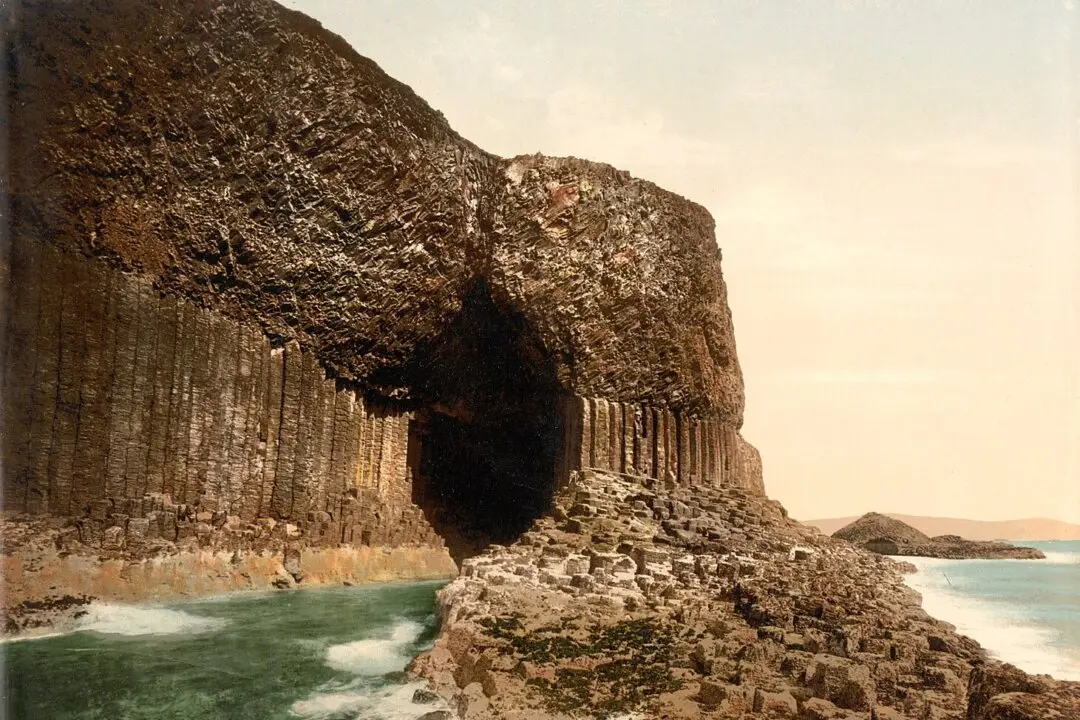Antonio Vivaldi’s (1678–1741) “The Four Seasons” is perhaps the most innovative violin concerti of the Baroque period. They were published under a collection of 12 concertos named “Il Cimento dell’Armonica e dell’Inventione,” or “The Contest Between Harmony and Invention” and have become a defining work of the classical repertoire.
To celebrate the season, we will explore the festive third concerto of the “Four Seasons,” “Autumn.” What makes this concerto so innovative, as with the other “seasons,” is that it is programmatic, which means the music is written to evoke an extra-musical subject or idea. In this case, each movement is associated with an accompanying poem, possibly written by Vivaldi himself.





